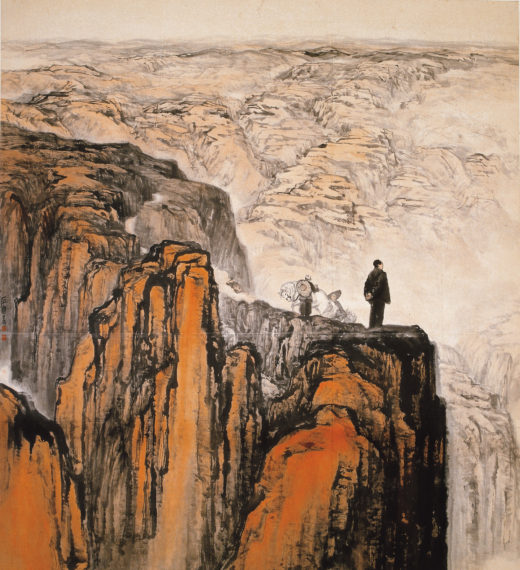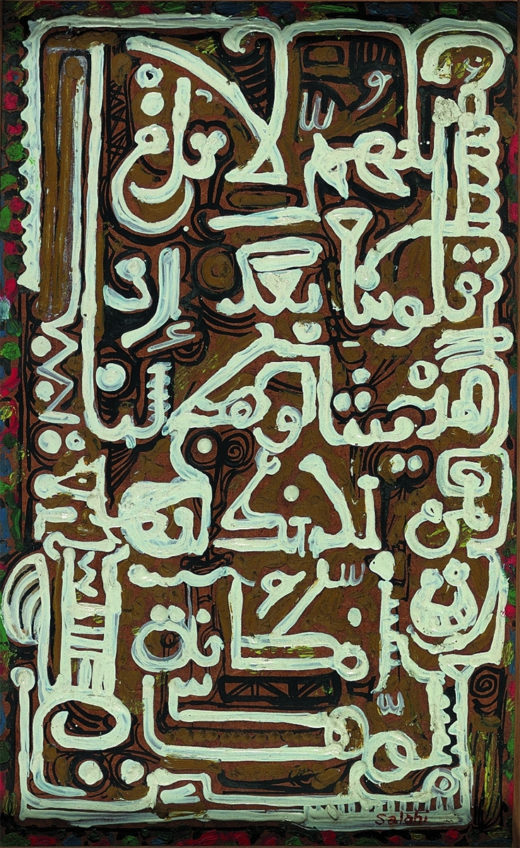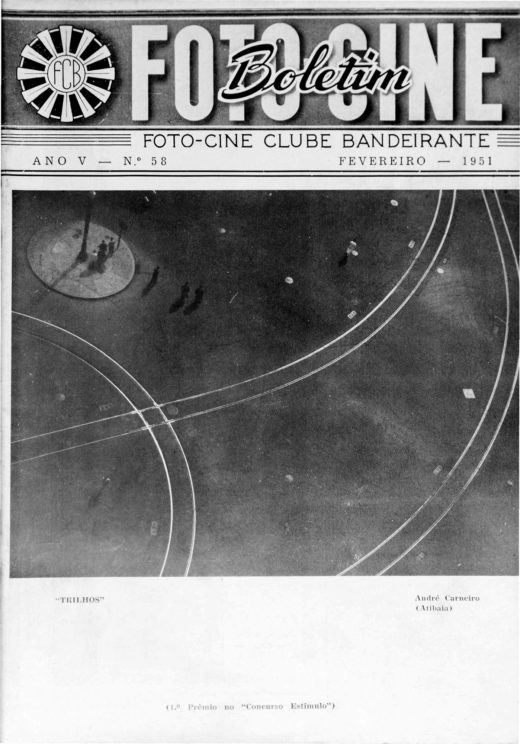Art, Institutions, and Internationalism, 1945–73
This guest-edited issue of ARTMargins evaluates the relationship between art, artists, and international institutions in the postwar period. Concentrating on the emergence of new forms of internationalism in response to decolonization and the diplomatic impasses of the Cold War in the decades following World War II, the issue confronts the problem of the nation-state within the emerging scholarly field known as “global modernism.” We propose that the term global modernism, while a productive shorthand for scholarship that expands modernism’s geographies, may also be anachronistic and misleading. The word global itself began to gain currency only after the 1960s, and particularly … Read more









